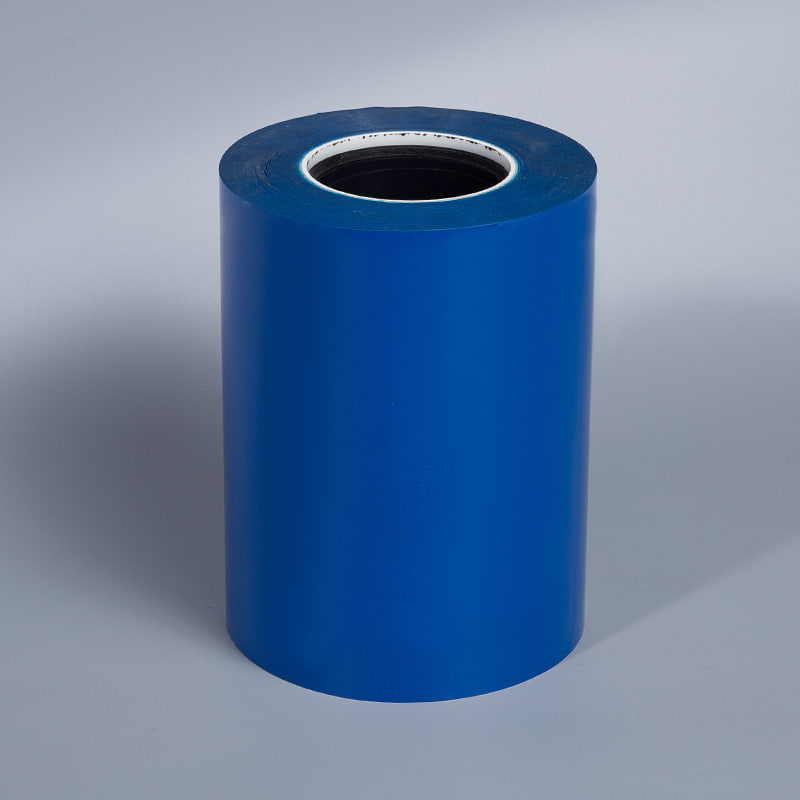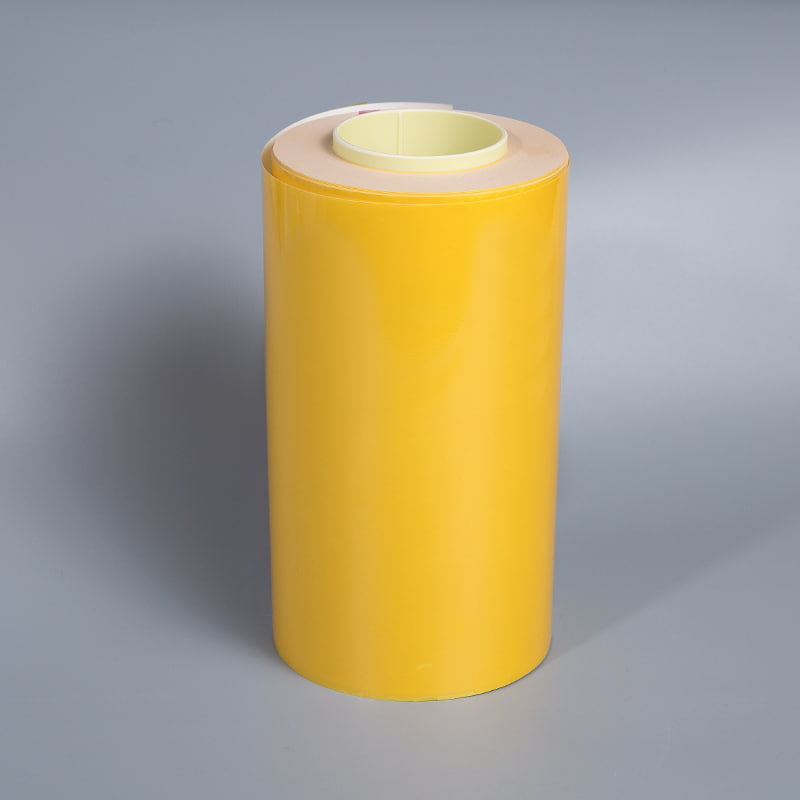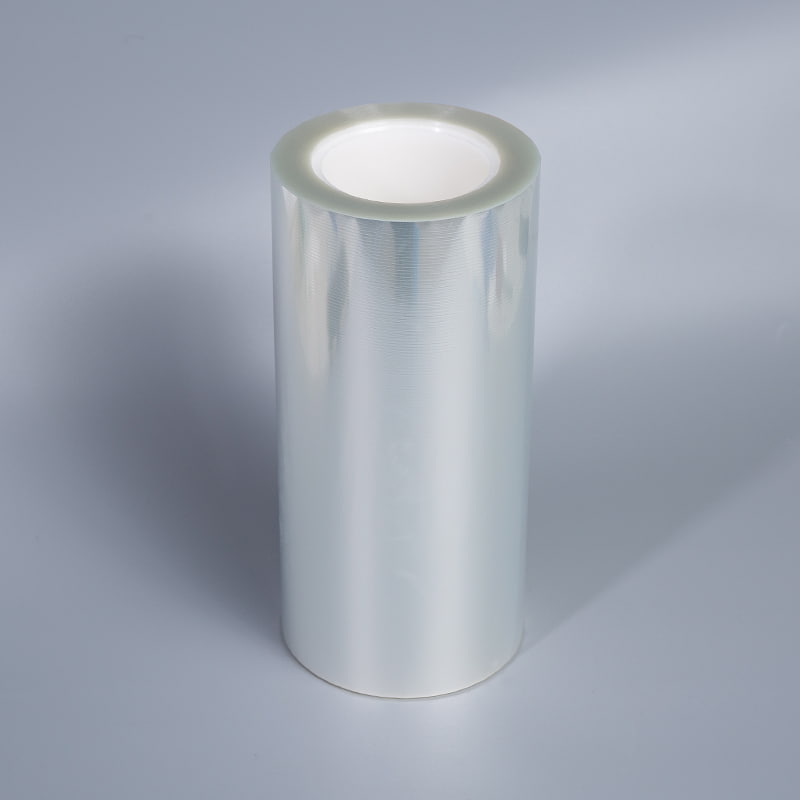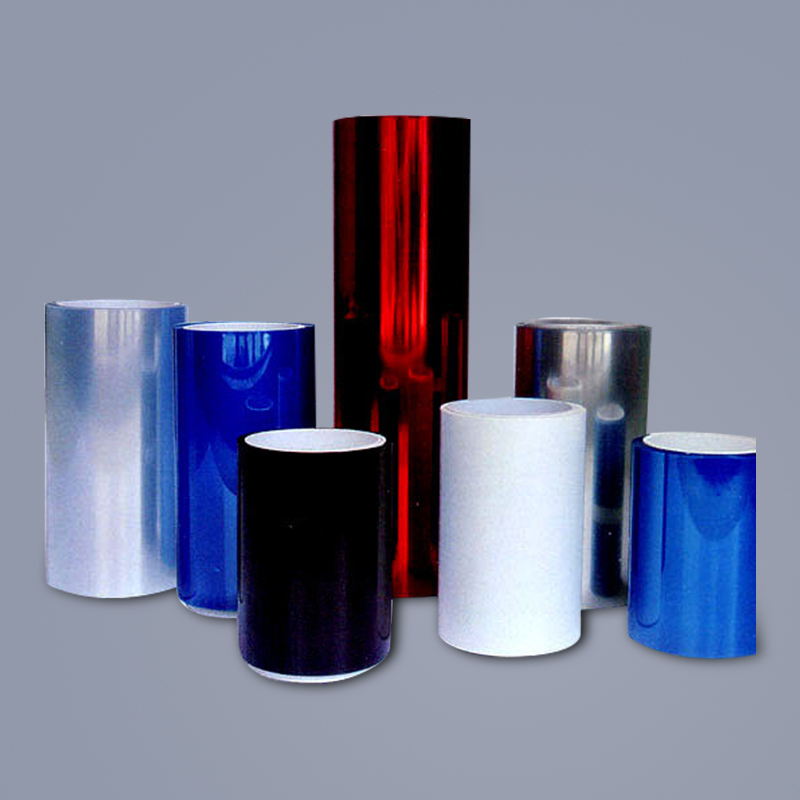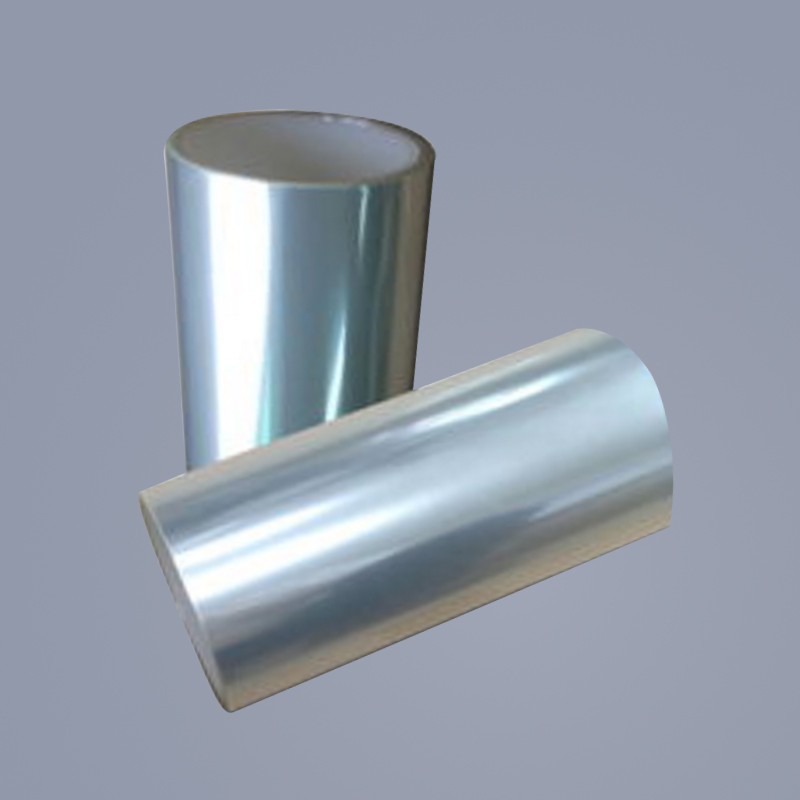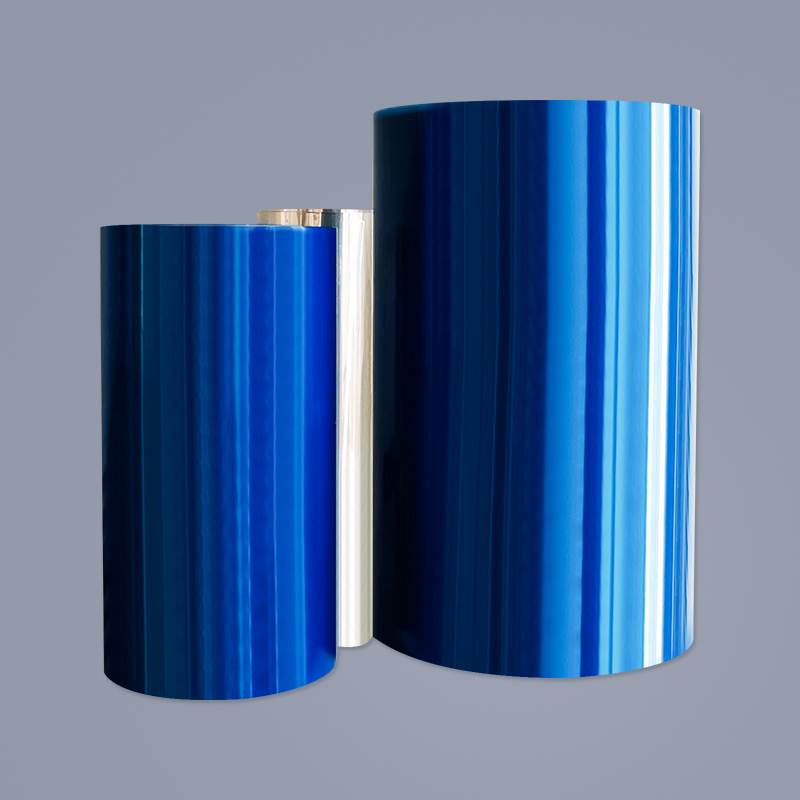Your car's paint job is one of its most visible and valuable assets. Yet every drive exposes it to an onslaught of threats - flying gravel, UV rays, bird droppings, and more. Paint Protection Film (PPF) offers an invisible shield that preserves your vehicle's showroom finish while facing daily hazards head-on. This guide explores everything you need to know about this revolutionary protective solution.
What Exactly Is Paint Protection Film?
PPF is a transparent, ultra-durable urethane layer applied to your vehicle's exterior surfaces. Originally developed by the military to protect helicopter blades, this technology has evolved into the automotive industry's best defense against paint damage. Modern PPF combines several remarkable features:
Self-healing properties that make light scratches disappear with heat
UV inhibitors that prevent paint fading and oxidation
Elasticity that absorbs impacts from road debris
Optical clarity that maintains your paint's original luster
Unlike old-fashioned car bras that looked bulky and trapped moisture, today's premium PPF blends seamlessly with your vehicle's contours while allowing the paint to breathe.
How PPF Protects Your Investment
The film acts as an invisible bodyguard for your paint:
Impact Protection - When gravel or debris hits your car, the flexible film absorbs the energy, preventing chips and cracks from reaching the actual paint.
Environmental Shield - PPF creates a barrier against acidic contaminants like bird droppings, tree sap, and road salt that can permanently etch into clear coats.
Self-Maintaining Surface - The film's hydrophobic properties cause water to bead up, carrying away dirt and making washes easier. Many premium films also resist staining from bugs and tar.
Long-Term Preservation - By preventing the cumulative damage that degrades paint over time, PPF helps maintain your vehicle's resale value and curb appeal.
The Evolution of PPF Technology
Early protective films were thick, yellowed over time, and lacked optical clarity. Today's advanced PPF represents decades of innovation:
Self-healing top coats that repair light marring when exposed to heat
Nano-ceramic infusions that enhance gloss and chemical resistance
Computer-precise patterns for perfect fitment on every vehicle model
Thinner, stronger formulations that provide better protection with less bulk
PPF Application: Art Meets Science
Professional PPF installation is a meticulous process:
Paint Correction - The surface must be flawlessly clean and polished before application
Precision Cutting - Films are either hand-trimmed or computer-cut for perfect alignment
Liquid Application - Special solutions allow installers to position the film perfectly
Heat Forming - Controlled heat helps the film conform to complex curves
Edge Sealing - Proper techniques prevent lifting and contamination
While DIY kits exist, professional installation ensures optimal results, especially for full vehicle coverage.
Making the Right Choice for Your Vehicle
When considering PPF, think about:
Coverage Level - Full front-end protection (hood, fenders, mirrors, bumper) offers the most value
Film Quality - Premium films with ceramic coatings and self-healing last longest
Vehicle Use - Daily drivers and highway commuters benefit most
Budget - While not cheap, PPF often costs less than repainting damaged areas
For most owners, protecting at least the high-impact zones provides excellent value. Enthusiasts and luxury vehicle owners often opt for full-body protection.


